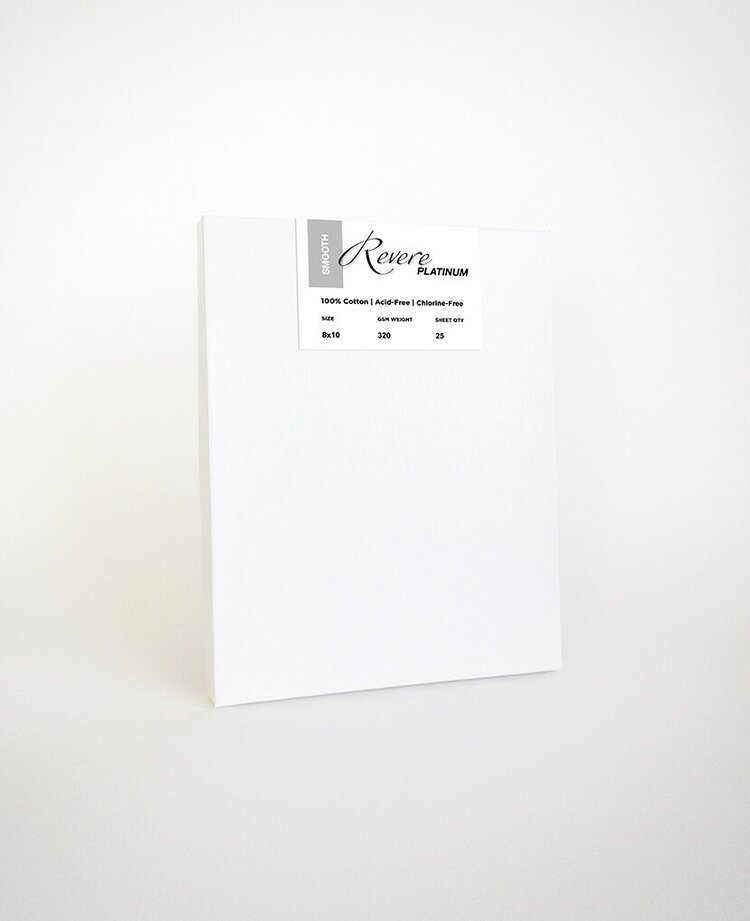Platinum printing is one of the most revered photographic processes, known for its unparalleled tonal range, luminous depth, and archival permanence. Unlike conventional photographs that rely on silver, platinum prints are formed by actual platinum metal, offering a depth and warmth that is unique in the world of black-and-white photography.
©Carl Weese
What is Platinum Printing?
Platinum printing dates back to the late 19th and early 20th centuries, when it was embraced by master photographers like Alfred Stieglitz, Edward Steichen, Paul Strand, and Irving Penn. This contact-printing process results in deep, velvety blacks and a smooth transition between tones, creating an almost three-dimensional quality in images. Because platinum metals are chemically stable, platinum prints are considered the most archival of all photographic prints, lasting as long as the paper they are printed on.
The Platinum Printing Process
Platinum printing is a hands-on, meticulous process that requires patience and precision. Here’s an overview of how it works:
Hand-Coating the Paper – Unlike modern photographic papers, which are pre-coated, platinum prints require the photographer to mix and apply a light-sensitive platinum emulsion by hand onto a high-quality paper. This step is crucial, as the paper's surface and absorbency directly impact the final image.
Exposure to UV Light – Once dry, the coated paper is placed in direct contact with a negative and exposed to ultraviolet light, either from the sun or a UV lamp. This exposure causes the platinum salts to reduce to metallic platinum, forming the image.
Development and Clearing – After exposure, the paper is developed, typically in a bath of potassium oxalate. Several clearing baths follow to remove any residual chemistry, leaving behind only the pure platinum image.
Final Drying and Flattening – After washing, the print is air-dried and sometimes pressed to restore its original texture. Since platinum prints do not require gelatin coatings or chemical stabilizers, they remain purely embedded within the paper fibers, ensuring their longevity.
🎥 Want to see the process in action? Watch Kerik Kouklis discuss platinum printing on Revere Platinum: Watch the video
10x12 Palladium Print on Revere Platinum by Kerik Kouklis
©Arkady Lvov
What Makes a Great Platinum Printing Paper?
Because platinum printing is a direct-printing process where the image is formed within the paper itself, the choice of paper is critical. The ideal platinum printing paper must have:
✔ Smooth, but not glossy, surface – The surface should allow for even coating while preserving fine details in the image.
✔ Strong wet strength – The paper must withstand multiple baths without warping or deteriorating. Internal and external sizing is essential to prevent excessive absorption of the emulsion.
✔ Neutral pH with no buffering agents – Many fine art papers contain calcium carbonate or alkaline buffers to prevent acidification. However, in platinum printing, these additives can interfere with the chemistry, affecting tonal depth and print stability.
Why Revere Platinum?
Revere Platinum is specifically crafted for platinum and alternative photographic printing. With its internally and externally sized structure and absence of buffering agents, it ensures optimal absorption and chemical interaction for deep, rich, and incredibly detailed prints. Its smooth surface beautifully retains highlights and subtle tonal variations, making it a favorite among contemporary platinum printers.
For a deeper dive into a platinum printer’s experience with Revere Platinum, read our blog post featuring Kerik Kouklis: Read more












